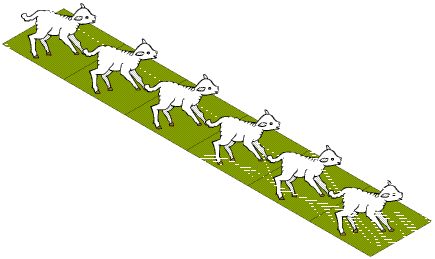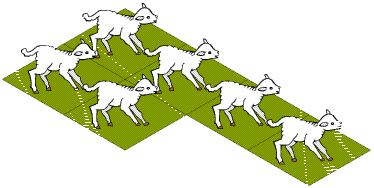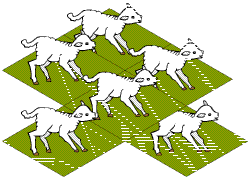Copyright © University of Cambridge. All rights reserved.
'Fencing Lambs' printed from https://nrich.maths.org/
Show menu
Some of you reading this live in different continents and know about other animals but I've chosen sheep since they are pretty common across many parts of the world. The young lamb

has a piece of land which it likes but the shepherd is concerned at night time that wild animals may come and attack, and the sheep also needs protection at those times from cold weather. So the thoughtful shepherd used bales of straw:
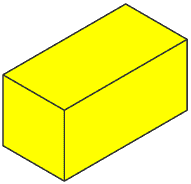
He arranges these bales of straw around lambs, sometimes one, sometimes two ... sometimes 10 lambs together.
You can see by the area of dark green just how much space each lamb needs. You can also see how the bales are arranged so that the corners are strong and deep around the lamb.

It would not be so good to have them like this
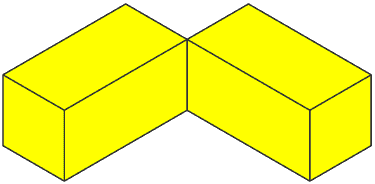
Here are some examples of how it could be done for 1, 2 and 3 lambs.
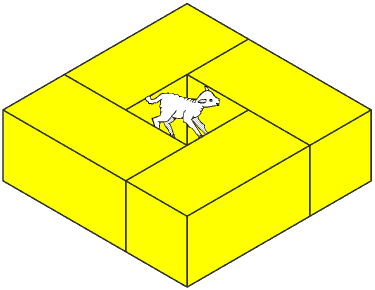
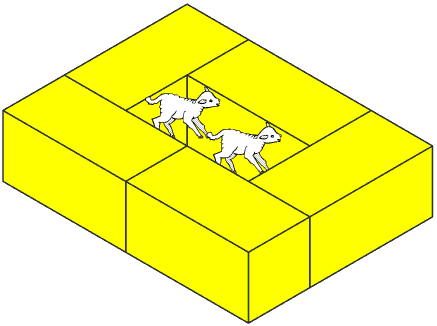
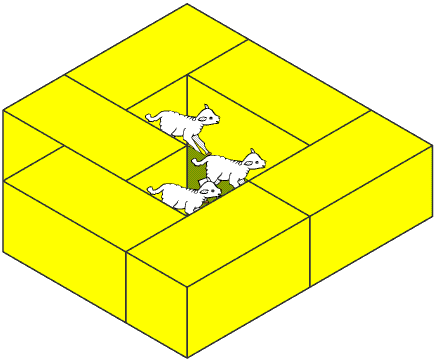
If you are doing this in school you may find that a teacher has some useful blocks to help.
There are also some graphical computer programs that may help, isometric grids are probably better than square ones on this occasion.
Remember these particular rules:-
- Each lamb must have an area of ground the same as shown above.
- When you have quite a few lambs they should be next to each other, because they like the company!
- You should use as few bales as possible each time and these bales are 2 by 1 by 1 in lengths.
Any other rules that you might wonder about are up to you to decide about.
When you send in your results make sure that you tell us what the rules are that you have made extra to my rules.
It will be interesting to see how you put your results together for 1, 2, 3, 4, 5, 6, 7, 8, 9 and10 lambs.
Well Good luck!
Once you've done a set of solutions for 1 ... 10 lambs then have a go at altering the rules, saying "I wonder what would happen if . . . ?"
Here are some possible questions:-
- "I wonder what would happen if the lambs had an illness and had to be separate from each other, how would this affect the number of bales used?"
- "I wonder what would happen if the bales were 3 by 1 by 1?"
- "What happens if I just investigate using 5 lambs but arrange their areas differently?"
